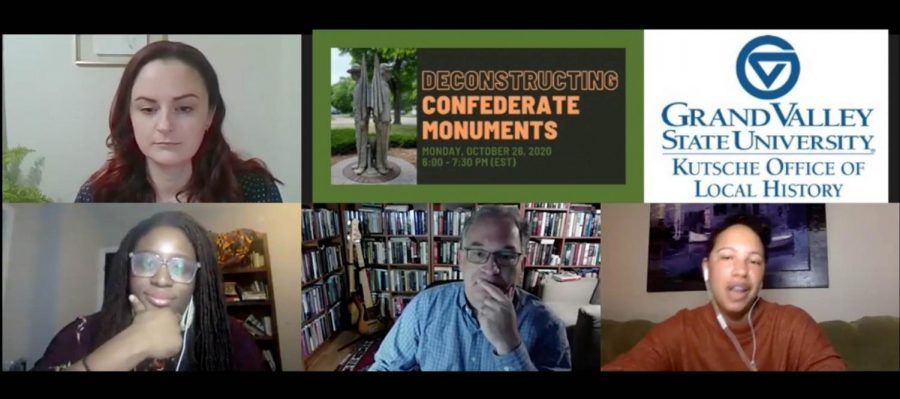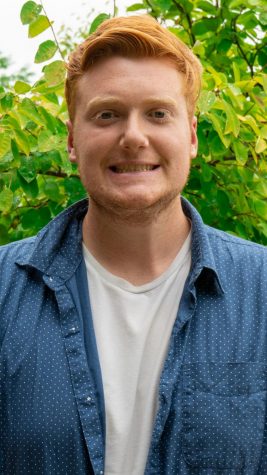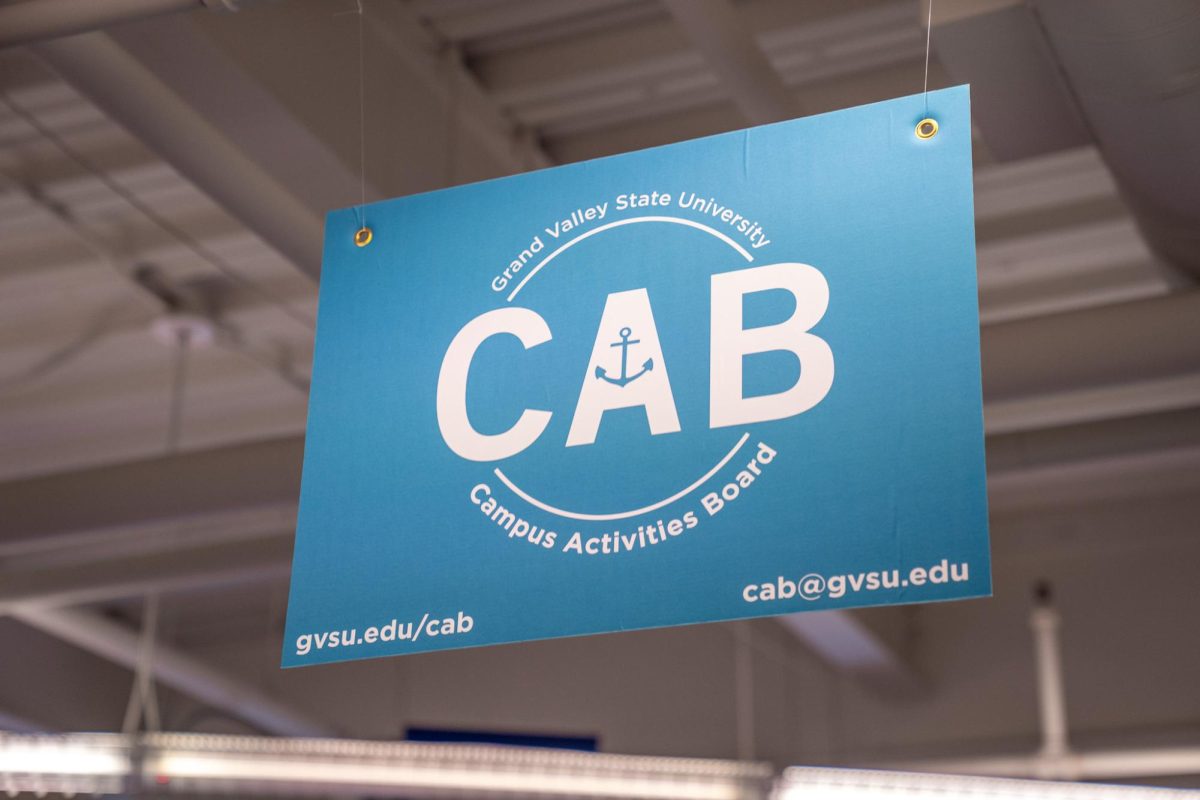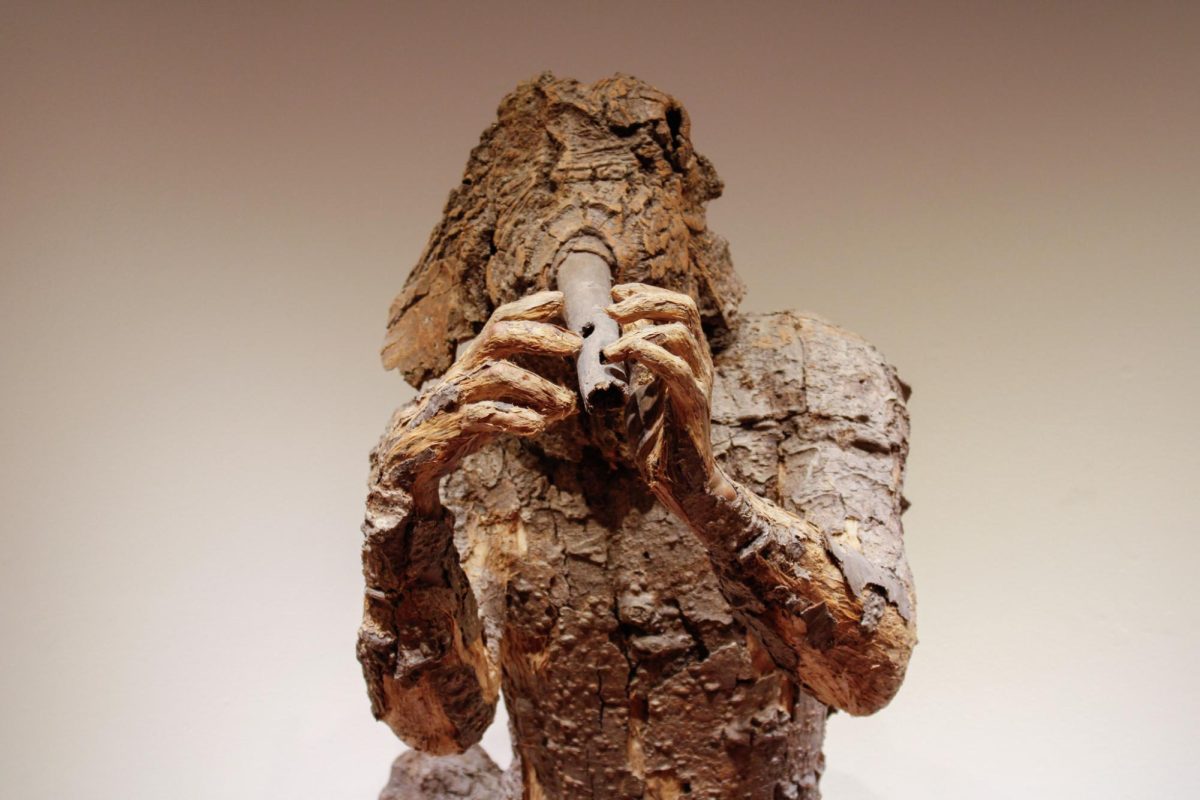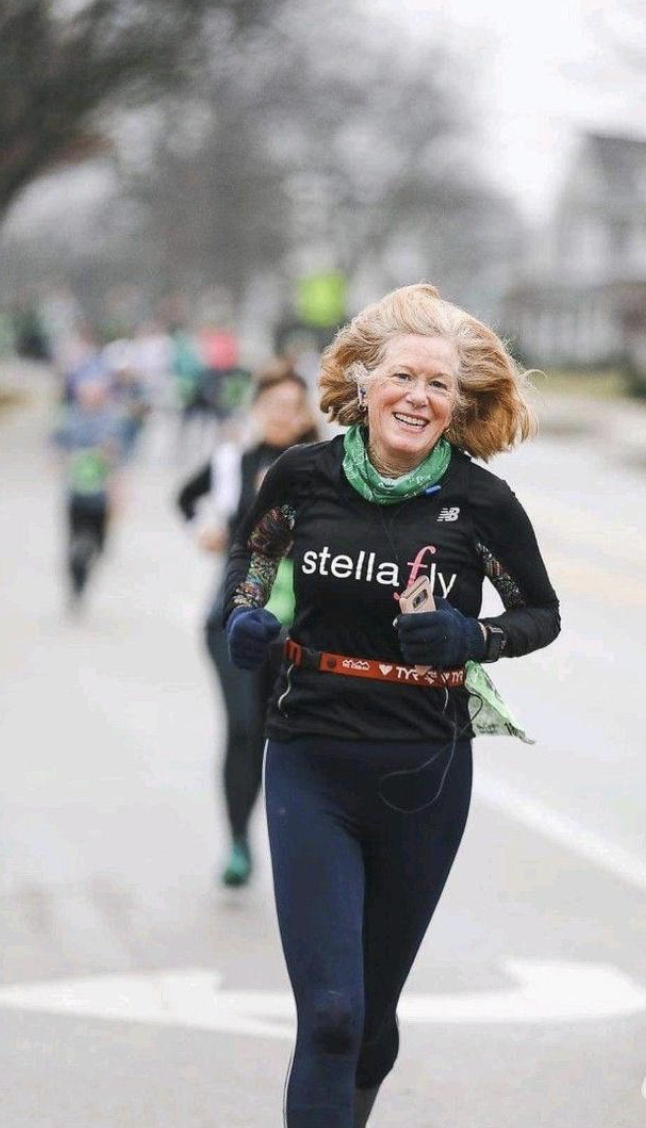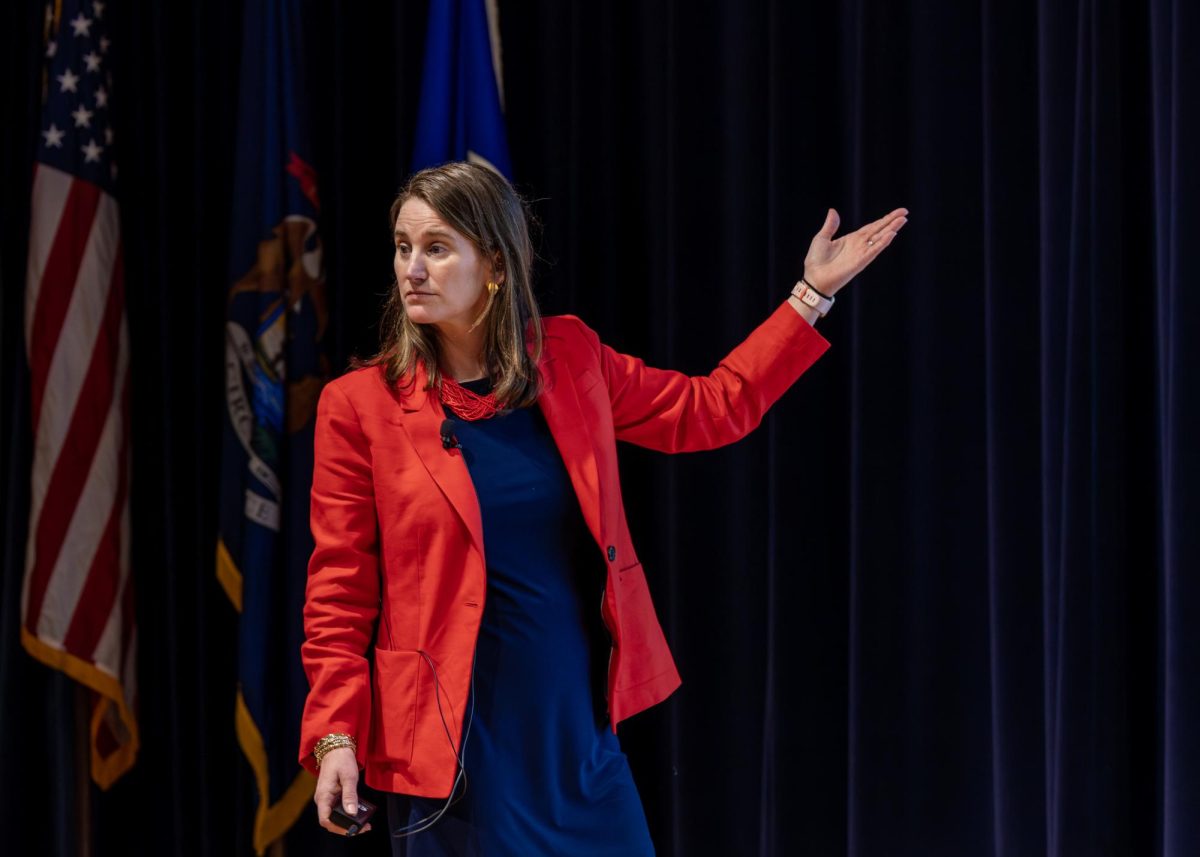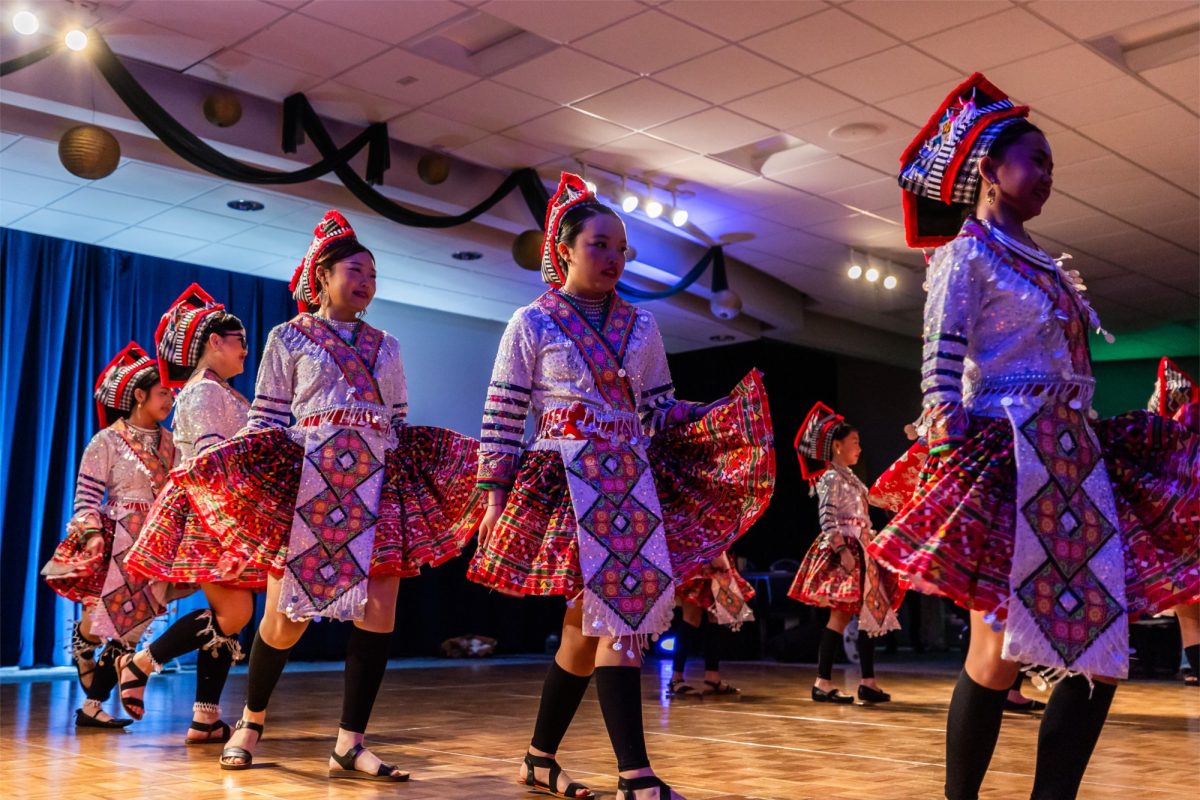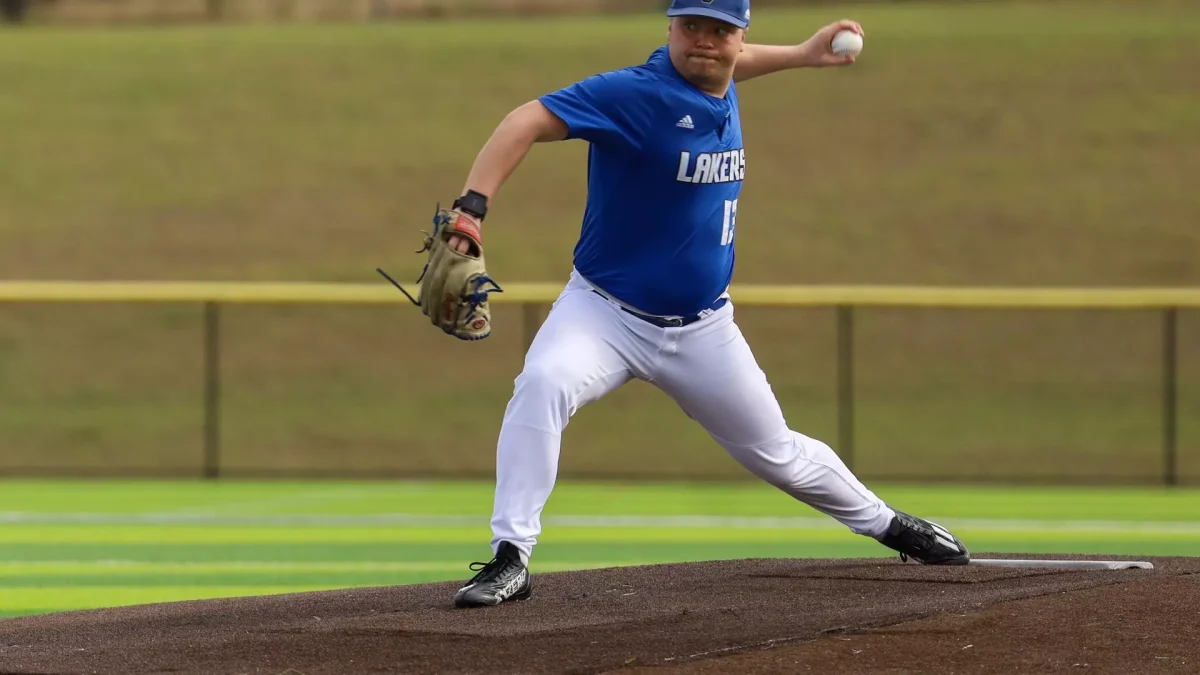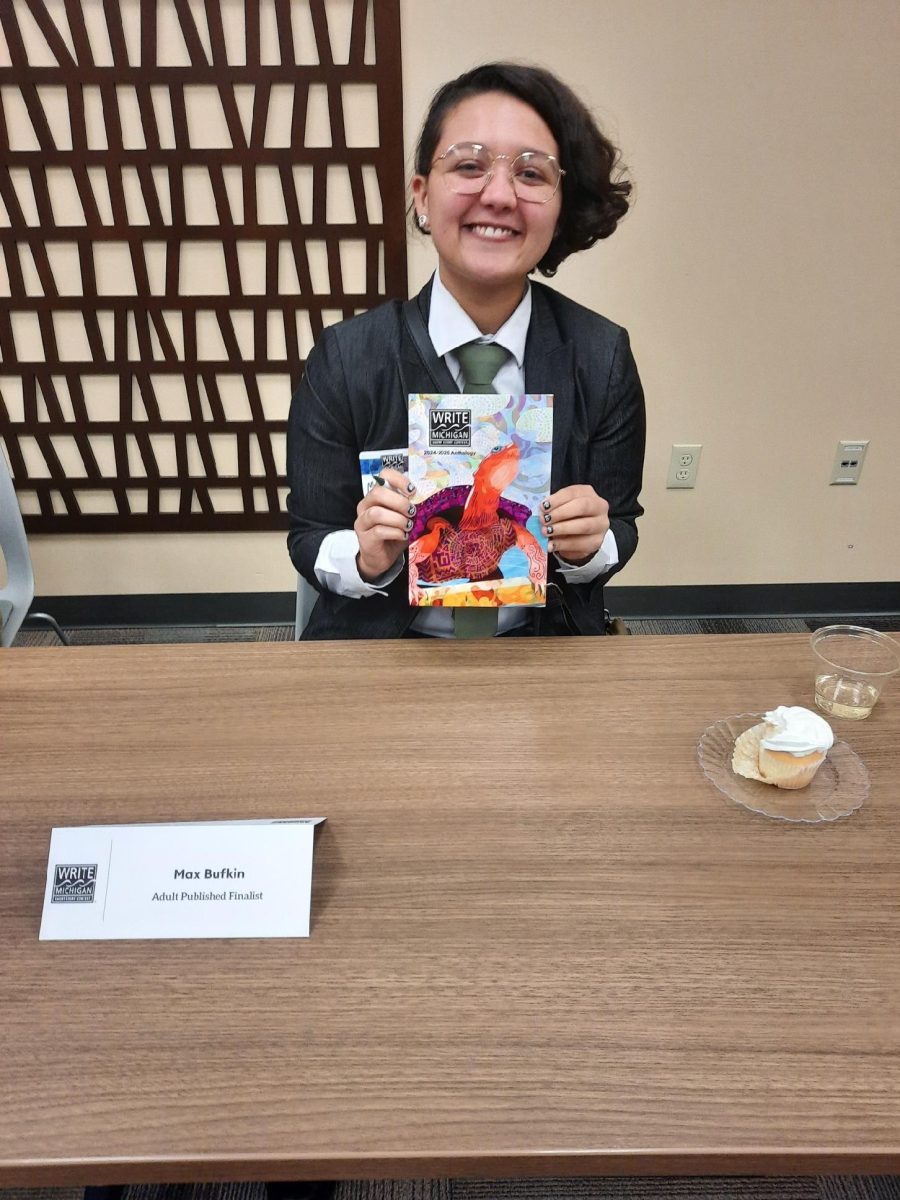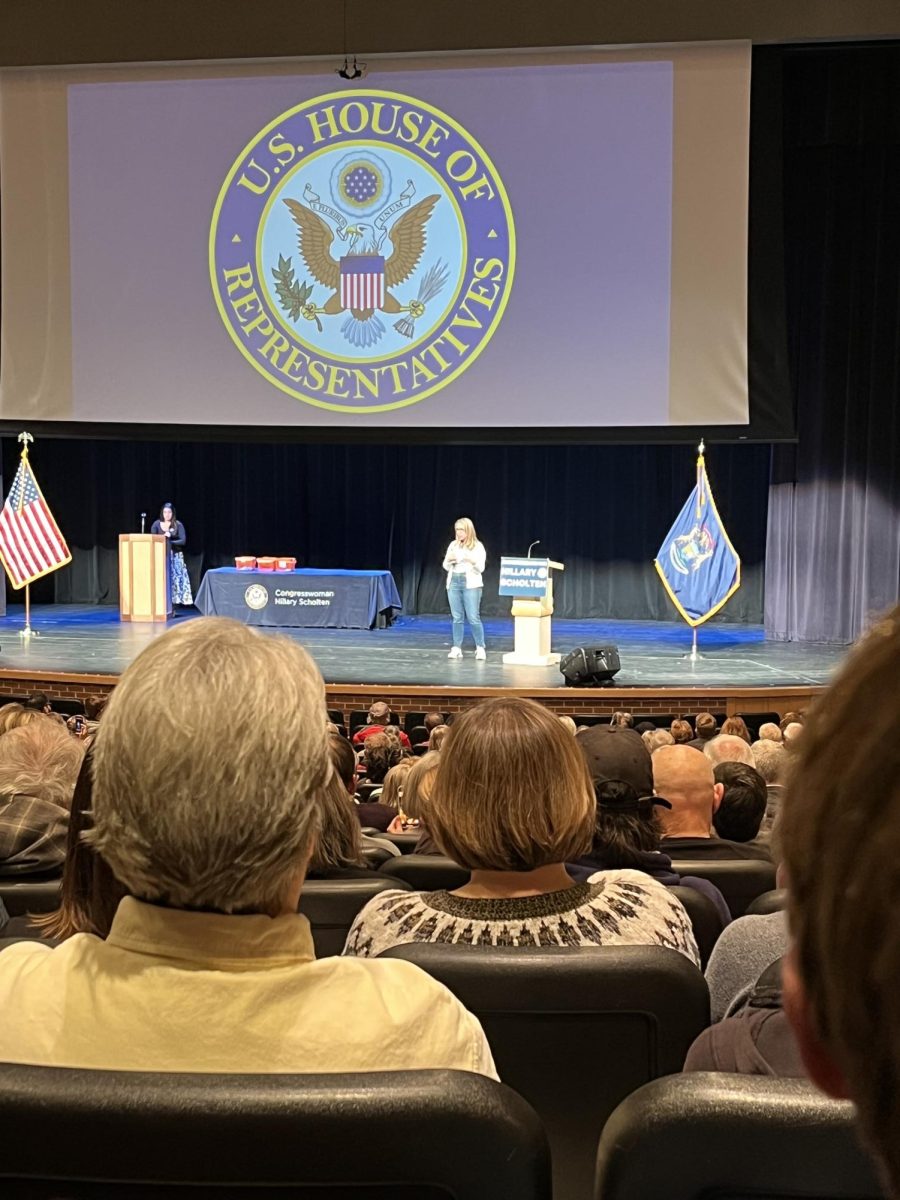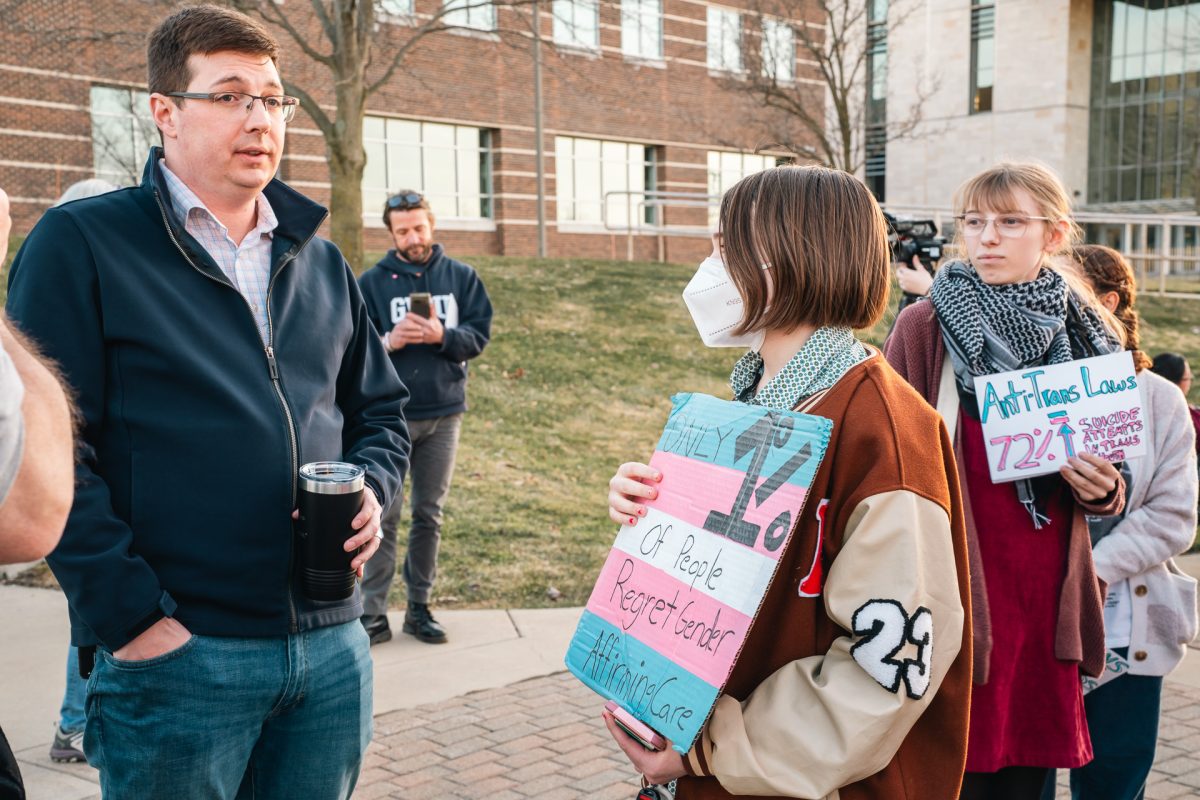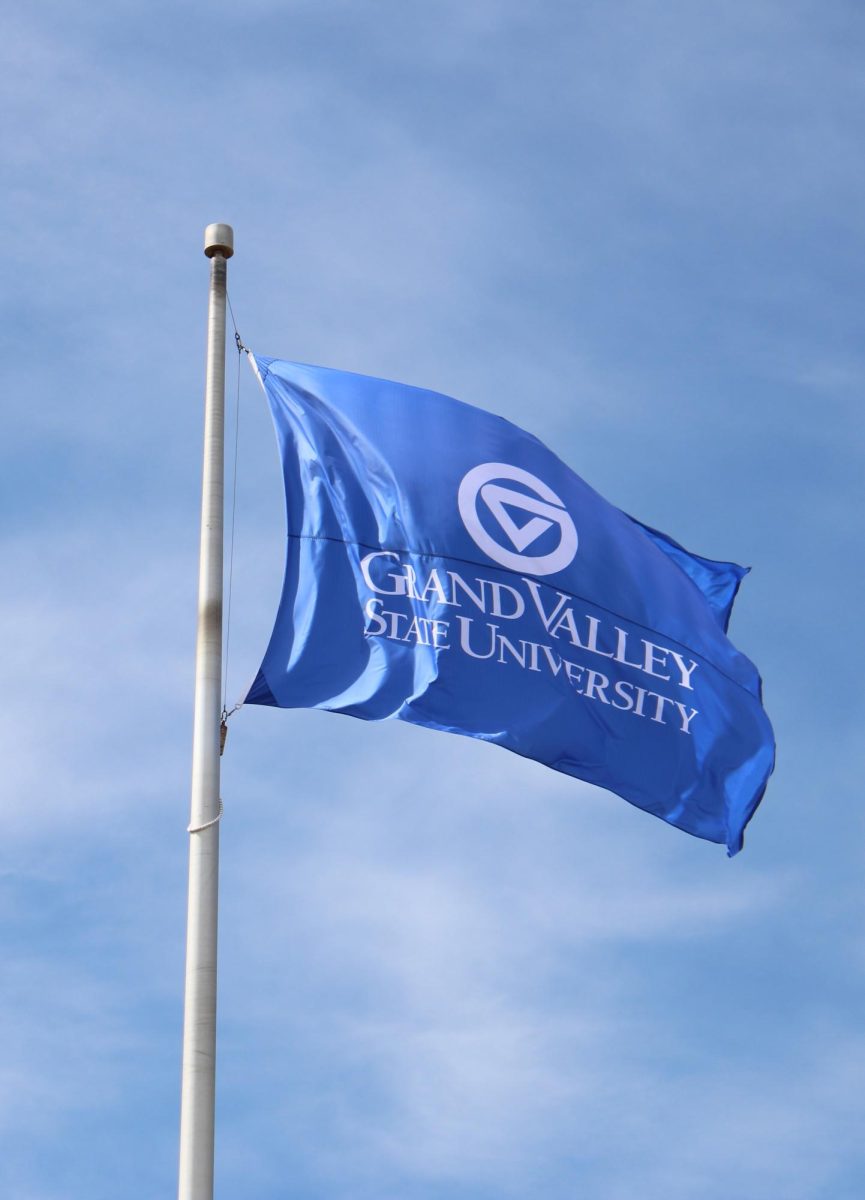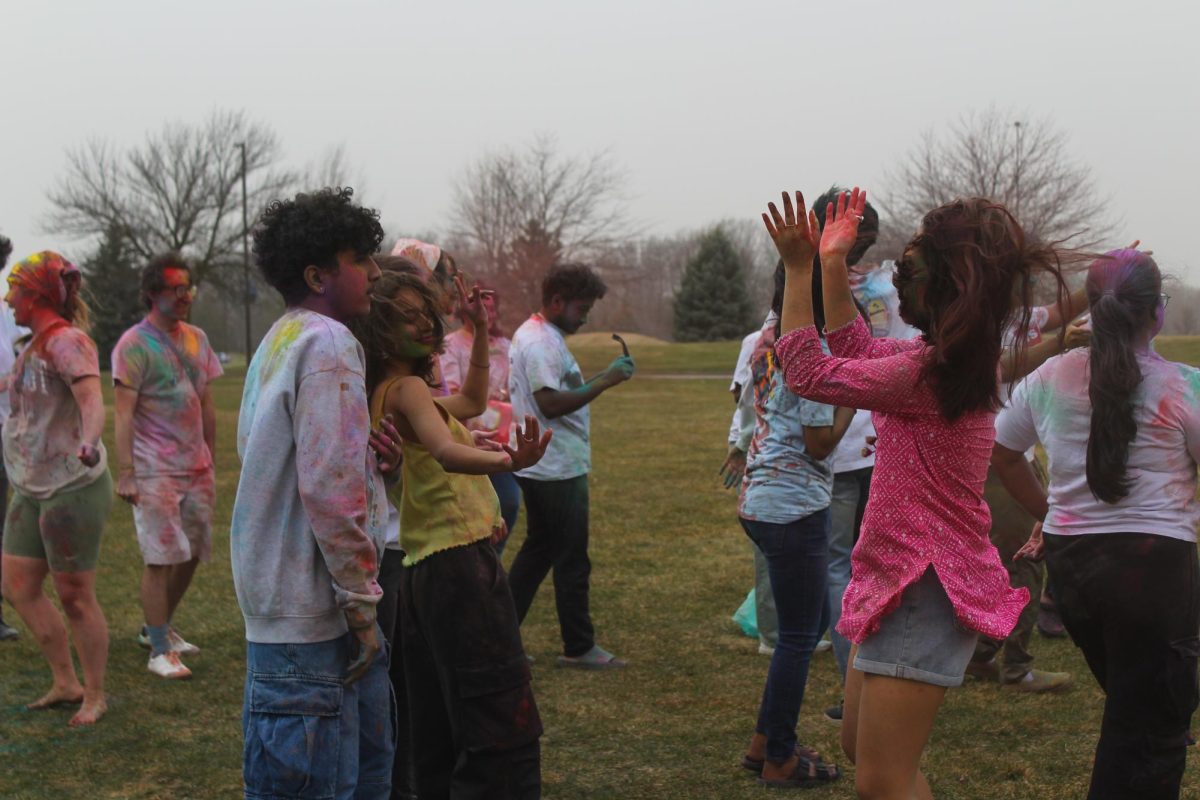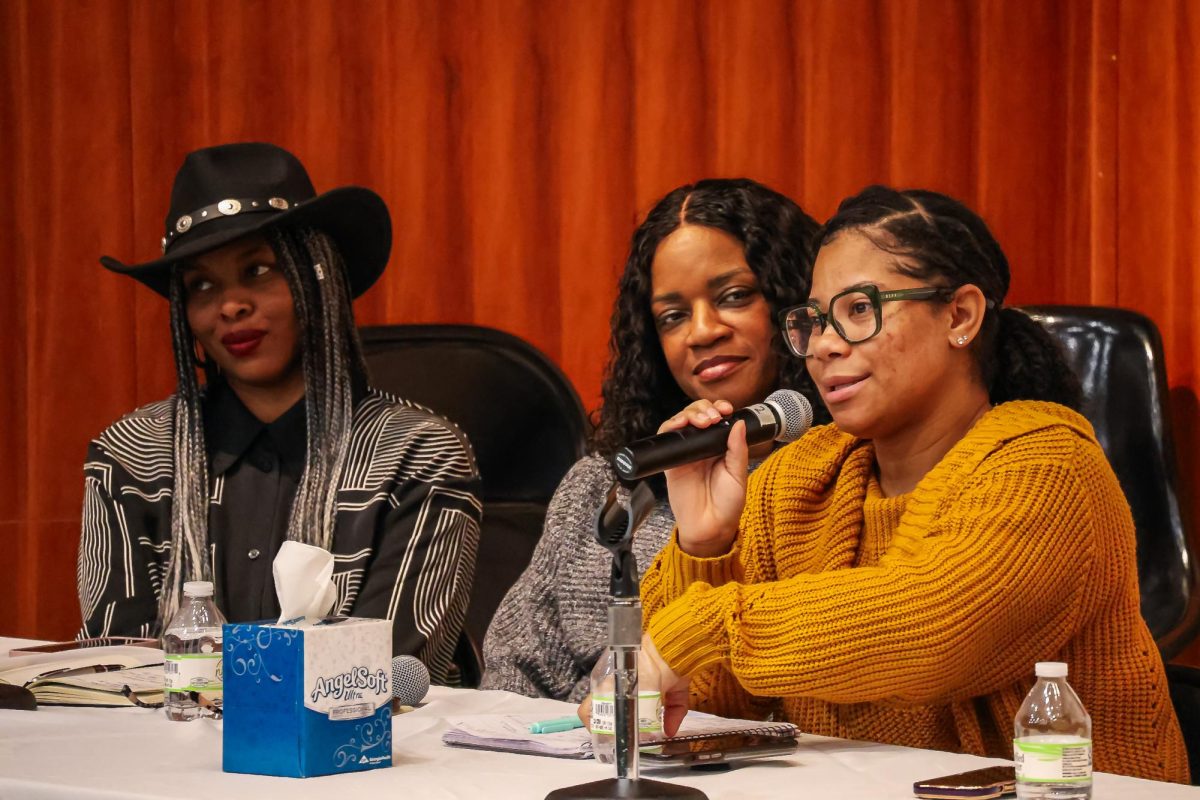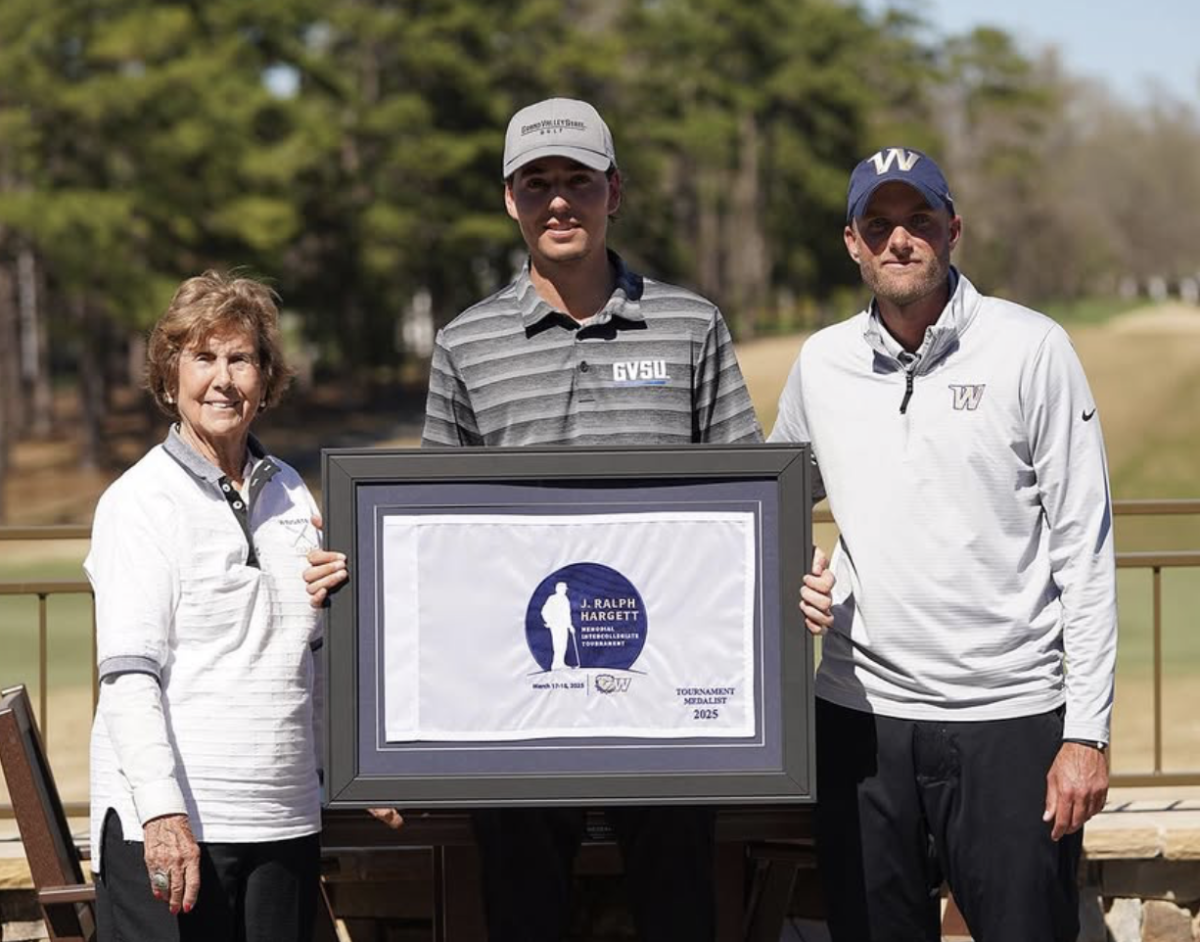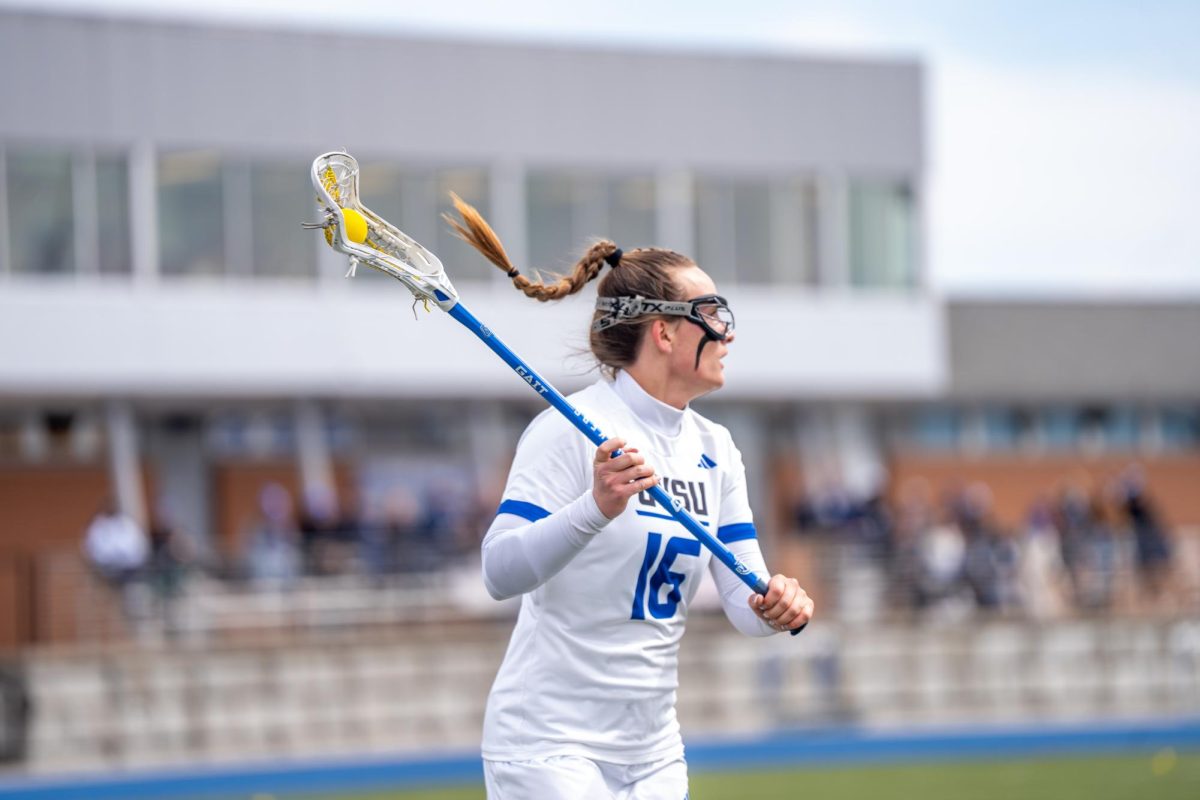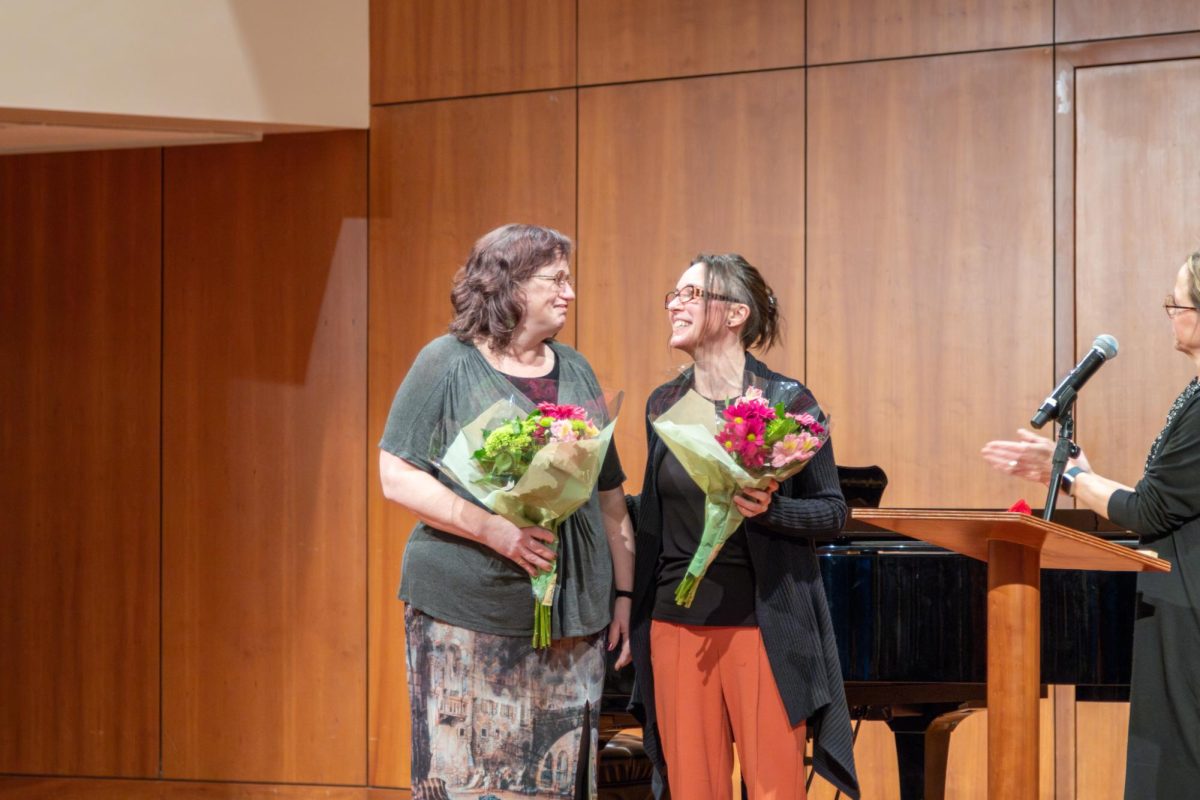Panel of history scholars discuss Allendale’s Civil War monument
Nov 2, 2020
The Kutsche Office of Local History at Grand Valley State University hosted a webinar on Oct. 26 titled ‘Deconstructing Confederate Monuments’.
The webinar, which can be watched in full on the office’s YouTube page, featured distinguished scholars in University of Dayton history professor Ashleigh Lawrence-Sanders, American Civil War historian Kevin Levin and Mountain Top Vision CEO Dina Bailey who discussed Confederate monuments in the U.S. and their impact on American history.
The speakers offered their expertise in discussing the monument commemorating the American Civil War in Allendale, relating it to broader conversations occurring nationally about Confederate memorialization and offering advice to communities grappling with discussing Confederate monuments and memorials within their towns.
Kimberly McKee, director of the Kutsche Office of Local History, thought the three speakers did a great job at making the conversation digestible for college students.
“The three speakers contextualized how Lost Cause mythology shapes understanding of the Civil War and Confederacy in particular,” McKee said. “This conversation highlighted how those memorials contribute to historic erasure and their links to histories of racism.”
Lawrence-Sanders said in her opening remarks that monuments are one of the only parts of history that is not being constantly revised, partially due to their physical presence.
“I would say monuments own an over-emphasized place in the way we view history, and I think that has to do with the physical presence of it,” Lawrence-Sanders said. “It’s tangible, it’s something we can touch. As we think about monuments not being permanent, we can think about it like we think of a lot of aspects in our history itself, which is that we’re always revising history when we get new information, including the new perspectives when telling the stories of the U.S.”
Levin agreed with his fellow scholar, saying that Americans need to remember the distinction between history and memory, and that Americans tend to get fed up when you mess with their memories.
“The monuments are an example of memory, on the attempt to input something permanent into our physical landscape,” Levin said. “ It’s easy to see why people take it seriously because it’s always been around. It’s almost as if you’re impugning the individual so it can be in a bit of a shock. It certainly speaks to the moment we’re in right now across the country.”
Bailey made sure to pair those memories to power, citing that these statues are often put up by groups with a lot of political sway. She also emphasized the different emotions expressed by visitors of the monument with different perspectives, as while some seem to place them in the background and not pay too much attention to them, others can’t help but notice the statues — particularly the one of the Confederate soldier — immediately.
“Even in terms of this being in the back of our minds, the idea of it always being there is in some ways is an intimidation factor for some and a moment of pride for others,” Bailey said. “It’s always this omnipresent presence of that physicality of it, tying that place and that power together.”
McKee is hoping that last week’s conversation can help be a part of a broader conversation around how Americans in 2020 and beyond remember the Confederacy.
“Our aim is to facilitate critical dialogue to encourage the contextualization of what’s happening across the United States concerning movements toward the dismantling or moving of Confederate statues,” McKee said. “Our event should be seen as part of broader conversations happening around how communities grapple with their complicated histories.”
The Kutsche Office of Local History will be holding more virtual live events throughout the 2020-21 school year. Those events can be found at both the Digital Programs Hub on the office’s website and the office’s YouTube page.





